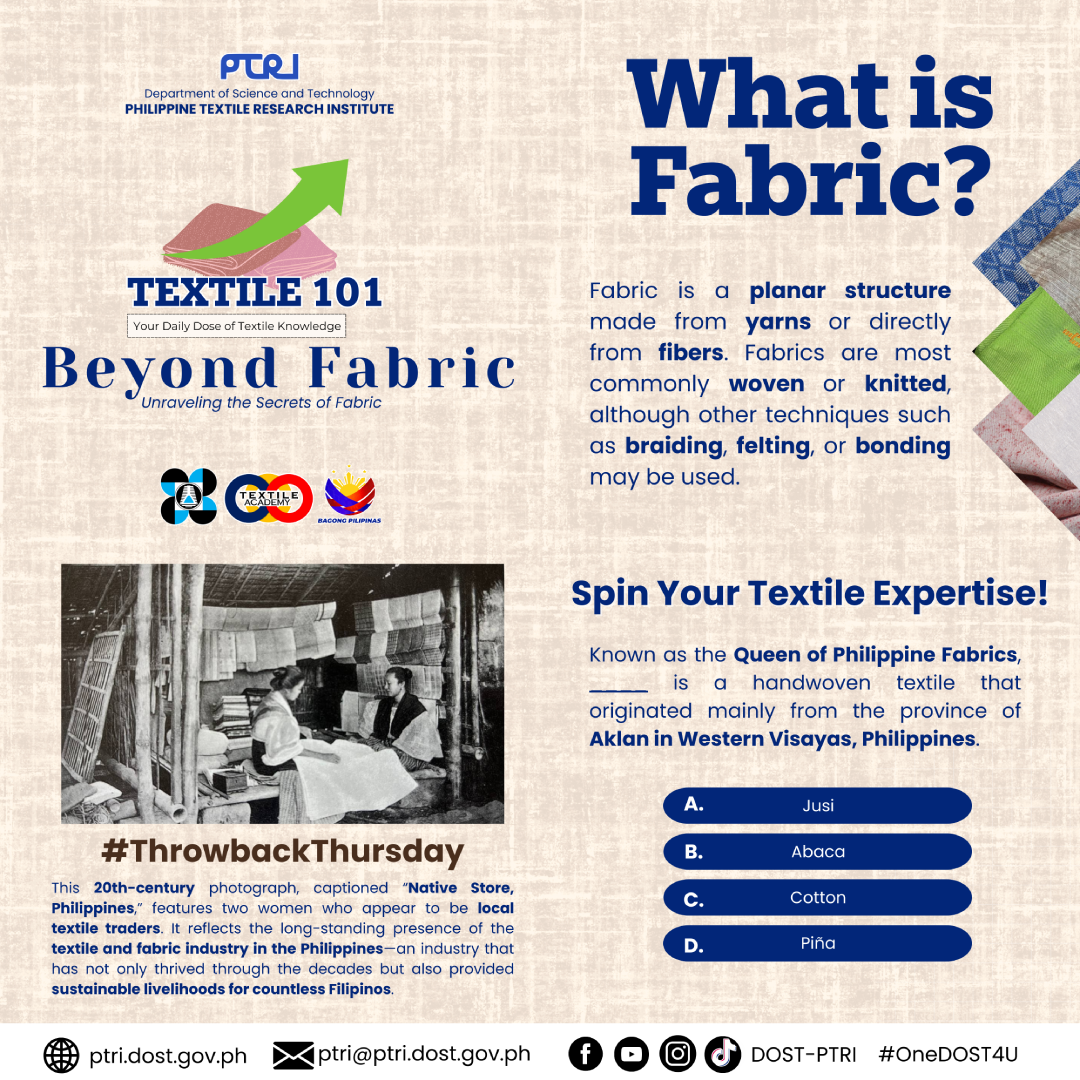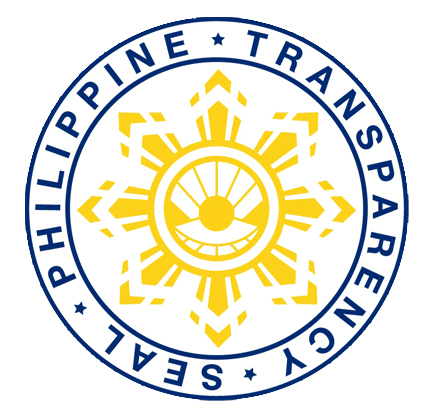Textile 101 on Beyond Fabric: What is Fabric?
Fabric, one of humanity’s oldest and most essential materials, is a versatile planar structure made from yarns or directly from fibers. While weaving and knitting remain the most common methods of production, other techniques—such as braiding, felting, and bonding—continue to shape the diversity of global textiles.

A 20th-century photograph titled “Native Store, Philippines” courtesy of Neal Oshima captures two women likely involved in the local textile trade. This quiet image speaks volumes about the Philippines’ deep-rooted fabric traditions. For generations, textile production has not only reflected Filipino creativity and cultural identity but has also been a source of sustainable livelihood across the nation.
Source: Meilach, Dona Z. Creating Art from Fibers and Fabrics. Galahad Books, U.S., 1 Jan. 1972, p. 103.
Today, institutions like the Department of Science and Technology – Philippine Textile Research Institute (DOST-PTRI) continue to uphold and innovate this legacy. Through research, development, and advocacy, DOST-PTRI empowers local weavers, promotes indigenous fibers like piña, abaca, and banana, and works toward a future where Philippine textiles remain both culturally resonant and globally competitive.
From handwoven markets of the past to today’s sustainable textile initiatives, fabric remains a living thread that binds heritage and progress.
Source:
Kadolph, S. J. (2011). Textiles (11th ed.). Pearson Education.
Hila, M. C. A., Reyes, M. M. A., Feleo, A. B., & Oshima, N. M. (2008). Garment of honor, garment of identity. EN Barong Filipino.







